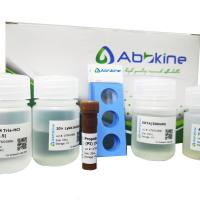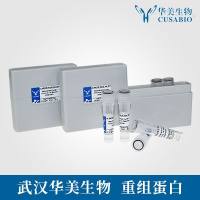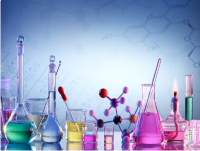DNA Immunization in Combination with the Immunostimulant Monophosphoryl Lipid A
互联网
501
The use of the MPL� immunostimulant, a monophosphoryl lipid A preparation derived from the lipopolysaccharide (LPS) of Salmonella minnesota R595, began with the studies of Johnson et al. (1 ). It was shown that LPS was a potent adjuvant for protein antigens, even if administered at a different site and a different time than the antigen (2 ,3 ). Nonetheless, the toxicity of the LPS precluded its usefulness as a practical adjuvant. Studies by Ribi and co-workers (4 –6 ) and others (7 ) resulted in the attenuation of the toxicity through exposure to mild acid hydrolytic conditions. The resulting acid hydrolysate was shown to be the 4′-monophosphoryl derivative of the lipid A moiety (8 ). Numerous biological studies confirmed that this 4′-monophosphoryl lipid A derivative was a potent immunostimulant which lacked many toxic properties of the parent LPS. Subsequent studies determined that mild alkaline treatment resulted in removal of one fatty acid from the MPL, resulting in additional attenuation of toxicity without changing the immunostimulating activity (9 ). These led to the development of the product MPL which is presently undergoing trials as an adjuvant for several human vaccines. The manufacture, chemical composition and structure of MPL has been detailed by Ulrich and Meyers (10 ). We will describe our techniques for using MPL as an immunostimulant in mice with the aim of enhancing the magnitude and duration of the protective neutralizing antibody response elicited by a DNA vaccine encoding the glycoprotein of the CVS rabies virus.







